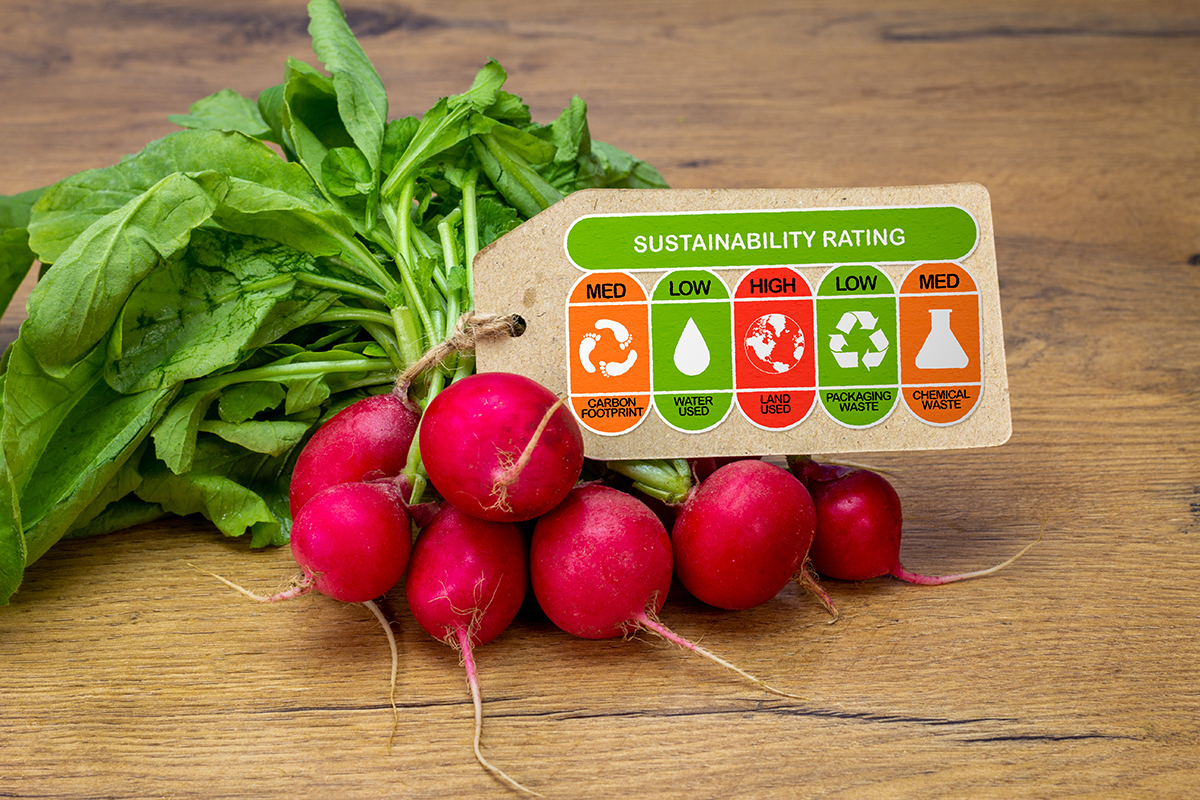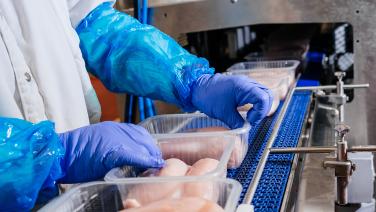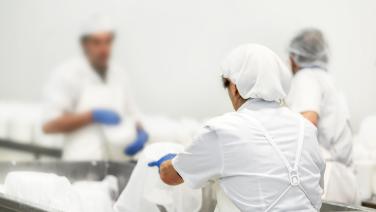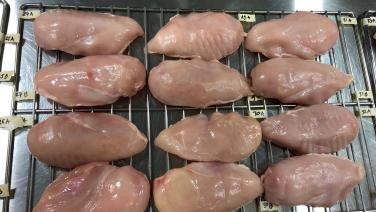Sustainability
Approximately 1/3 of all the food that is produced in the world ends up being thrown away. In Norway, the equivalent of 74 kg of food per capita was thrown away in 2018.
A major source of food’s environmental footprint and global famine is food waste. Shelf life is a significant factor affecting food waste.
Today’s traditional food processing technologies have done a lot to reduce food waste and improve health. However, with increasing populations and an ever-increasing focus on reducing both the climate and environmental footprints of humans, there is a need to find even more environmentally effective solutions.







